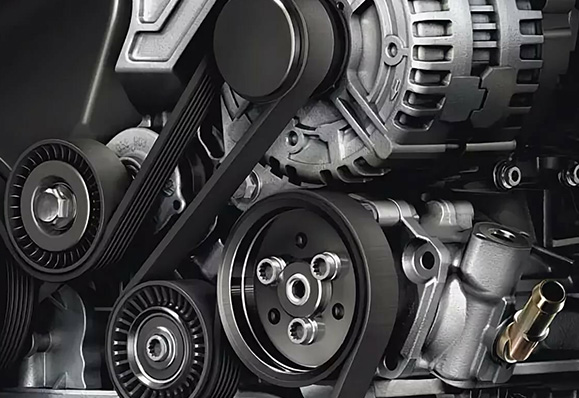- Arabic
- French
- Russian
- Spanish
- Portuguese
- Turkish
- Armenian
- English
- Albanian
- Amharic
- Azerbaijani
- Basque
- Belarusian
- Bengali
- Bosnian
- Bulgarian
- Catalan
- Cebuano
- Corsican
- Croatian
- Czech
- Danish
- Dutch
- Afrikaans
- Esperanto
- Estonian
- Finnish
- Frisian
- Galician
- Georgian
- German
- Greek
- Gujarati
- Haitian Creole
- hausa
- hawaiian
- Hebrew
- Hindi
- Miao
- Hungarian
- Icelandic
- igbo
- Indonesian
- irish
- Italian
- Japanese
- Javanese
- Kannada
- kazakh
- Khmer
- Rwandese
- Korean
- Kurdish
- Kyrgyz
- Lao
- Latin
- Latvian
- Lithuanian
- Luxembourgish
- Macedonian
- Malgashi
- Malay
- Malayalam
- Maltese
- Maori
- Marathi
- Mongolian
- Myanmar
- Nepali
- Norwegian
- Norwegian
- Occitan
- Pashto
- Persian
- Polish
- Punjabi
- Romanian
- Samoan
- Scottish Gaelic
- Serbian
- Sesotho
- Shona
- Sindhi
- Sinhala
- Slovak
- Slovenian
- Somali
- Sundanese
- Swahili
- Swedish
- Tagalog
- Tajik
- Tamil
- Tatar
- Telugu
- Thai
- Turkmen
- Ukrainian
- Urdu
- Uighur
- Uzbek
- Vietnamese
- Welsh
- Bantu
- Yiddish
- Yoruba
- Zulu
Tach . 24, 2024 01:50 Back to list
timing belt and timing chain
Timing Belt and Timing Chain Understanding the Differences and Importance in Engine Functionality
When it comes to the internal workings of an automobile's engine, two critical components play pivotal roles in synchronizing the movement of various engine parts the timing belt and the timing chain. Both are essential in ensuring that the engine operates smoothly and efficiently, but they differ significantly in construction, maintenance, and longevity.
What are Timing Belts and Timing Chains?
A timing belt is a rubberized belt with teeth that connect the crankshaft to the camshaft, thereby controlling the opening and closing of the engine's valves. The timing belt ensures that the timing of these events is precise, which is crucial for optimal engine performance. On the other hand, a timing chain serves the same purpose but is made from metal links, resembling a bicycle chain. Timing chains are typically mounted onto the same gears as the crankshaft and camshaft, ensuring synchronized movement as well.
Timing Belt and Timing Chain Understanding the Differences and Importance in Engine Functionality
One of the most significant differences between timing belts and timing chains is their materials and design. Timing belts are quieter, lighter, and generally more flexible, allowing for smoother operation. However, this flexibility comes with a downside; timing belts have a limited lifespan and require regular replacement, usually between 60,000 to 100,000 miles, depending on the manufacturer’s recommendations.
timing belt and timing chain

Conversely, timing chains are known for their durability and longevity. They can last for the lifetime of the engine under optimal conditions. However, they are heavier and can produce more noise during operation. The replacement of a timing chain is less frequent, but when it occurs, it can be more costly due to the complexity of the work involved.
Maintenance Considerations
Both components are critical for the engine’s function, and neglecting their maintenance can lead to severe engine damage. A broken timing belt may cause the engine's pistons to collide with the valves, potentially resulting in catastrophic engine failure. On the other hand, a worn-out timing chain can stretch or even break, leading to similar consequences. Symptoms of a failing timing belt or chain can include unusual noises from the engine compartment, engine misfires, or even a complete breakdown.
To avoid unplanned engine problems, it's essential for car owners to follow their vehicle's maintenance schedule. Regular inspections by a qualified mechanic can help catch potential issues before they lead to more significant problems.
Conclusion
In summary, both timing belts and timing chains are integral to the functionality of an engine. Understanding their differences is paramount for vehicle owners, especially when it comes to maintenance and replacement intervals. Whether your vehicle is equipped with a timing belt or a timing chain, ensuring that these components are in good condition will contribute to the longevity and reliability of your engine. Remember, proactive maintenance can save you time, money, and hassle in the long run.
-
Korean Auto Parts Timing Belt 24312-37500 For Hyundai/Kia
NewsMar.07,2025
-
7PK2300 90916-T2024 RIBBED BELT POLY V BELT PK BELT
NewsMar.07,2025
-
Chinese Auto Belt Factory 310-2M-22 For BMW/Mercedes-Benz
NewsMar.07,2025
-
Chinese Auto Belt Factory 310-2M-22 For BMW/Mercedes-Benz
NewsMar.07,2025
-
90916-02660 PK Belt 6PK1680 For Toyota
NewsMar.07,2025
-
drive belt serpentine belt
NewsMar.07,2025

